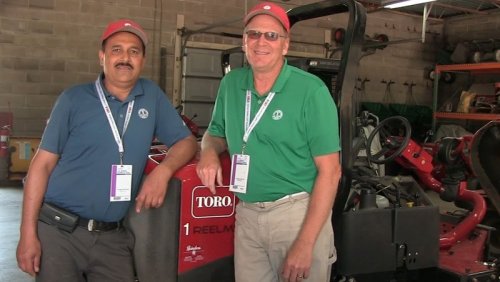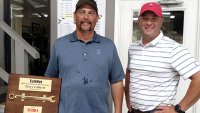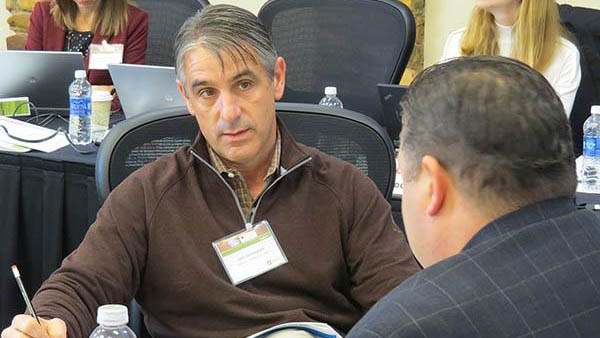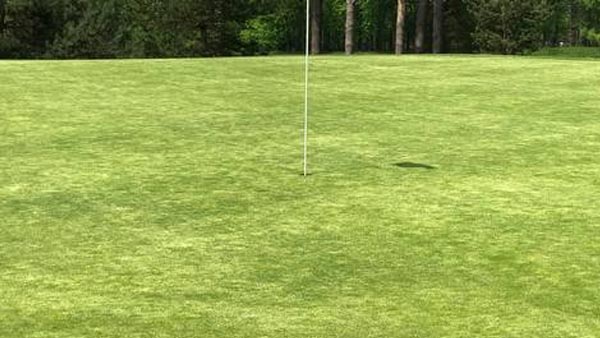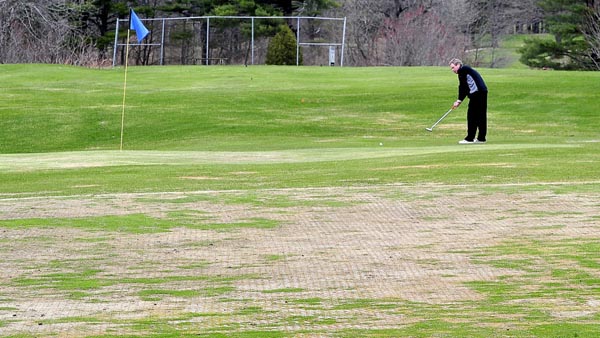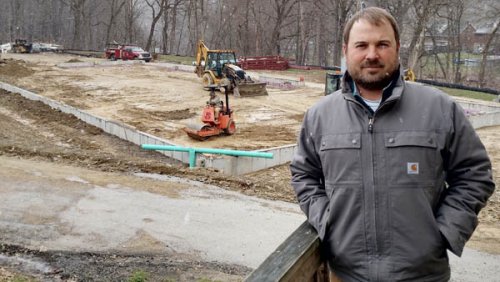

On Thursday, at age 79, Big Mama, as she was affectionately known during her playing days, struck the first shot off the first tee in the inaugural U.S. Senior Women's Open at historic Chicago Golf Club in Wheaton, Illinois. And although the odds of winning against a field of competitors 20 or 30 years her junior aren't in Carner's favor, at least she has had a chance to compete again at a high level, and that's what is important.
Three years in the planning, the first-of-its-kind event has been a dream come true for Carner and so many others, who for years have longed for someone to validate the women-over-50 set and ladies golf in general.
"This has been a long time coming," Carner said. "The men's senior open has been around for years. We kept thinking sooner or later the USGA would put together a women's senior; it just never happened. I think that when Mike Davis got in (as chief executive officer), things started to change, and all of a sudden we get a beautiful golf course that reputation-wise is one of the best."
The tournament is the right event, at the right time, at the right place.
Originally designed by Charles Blair Macdonald, Chicago Golf Club opened in 1893 and is reported to be the oldest golf club in the U.S. in continuous operation on the same site. A year later, it was one of five clubs that banded together to found the USGA as a custodian of the rules of the game.
"Golf in Chicago is huge. The Evans Scholars (Foundation) started in Chicago," said Hollis Stacy, who has won 21 professional events and is a three-time winner of the U.S. Women's Open. "It just feels right that the first U.S. Senior Women's Open is here at Chicago Golf Club."
According to the National Golf Foundation's most recent data, there are about 21 million golfers in the United States, and about a fourth of them are girls and women.
As golf course operators struggle to keep their piece of a shrinking pie of golfers, women have long been identified as a key demographic they'd like to see more of. For the past three years, however, more women have been leaving the game than coming into it.
"People are finding other ways to spend their time, and I think the expense has gotten out of control," said U.S. Senior Women's Open competitor Laurie Brower, whose LPGA rookie season came 26 years ago. "I think the expense has gotten out of control for a lot of people. It's so expensive and you lose four to five hours of your day that you can be with your kids and doing other things. People will see this (tournament) and they'll see that these gals have been playing for 40 or 50 years and they can still do it. You know, we can still play golf. It doesn't matter how far you hit it; motion is the lotion. Keep moving and keep playing."
Efforts to generate interest in the game among women and girls clearly are in need of a shot in the arm, even if it comes from those needing a shot of B12.
"It's a sad trend. Sadly, we're dealing with it in Sweden," said Helen Alfredsson, who has more than $5.5 million in career earnings, since she joined the LPGA in 1992. "It's a good thing when you do more with the game on all levels, even if it spans from 5 years old to over 50."
The U.S. Senior Women's Open at Chicago Golf Club rewards - finally - women have contributed much to the game of golf. The tournament also comes as a reward to a group of women who have given so much to the game.
"We still love the game and want to be able to continue to play; we all do, but it's hard when you don't have tournaments to play to stay competitive," Alfredsson said. "You realize how much you miss, and sometimes not miss the emotions, the adrenaline, the stomach pits, the feeling when you do something good, the pressure the things that are hard to find anywhere else."
A total of 15 golfers in the 120-player field are U.S. Women's Open winners, six won the U.S. Women's Amateur, five won the U.S. Junior Girls title, three are past U.S. Women's Mid-Amateur winners, two won the U.S. Senior Women's Amateur and eight have experience on past Curtis Cup teams.
Some haven't picked up a club, at least competitively, for a long time.
"Fortunately, I didn't have to qualify," said Merten, who automatically qualified on the strength of her win in the 1993 U.S. Women's Open. "That was key to signing up for this event,. I don't know that I would have come out of retirement for that.
"It's fun to see these people. We have to take our sunglasses off so everybody knows who we are. Most everybody looks the same; we're just a little more sore and a little older."
- Read more...
- 2,630 views

